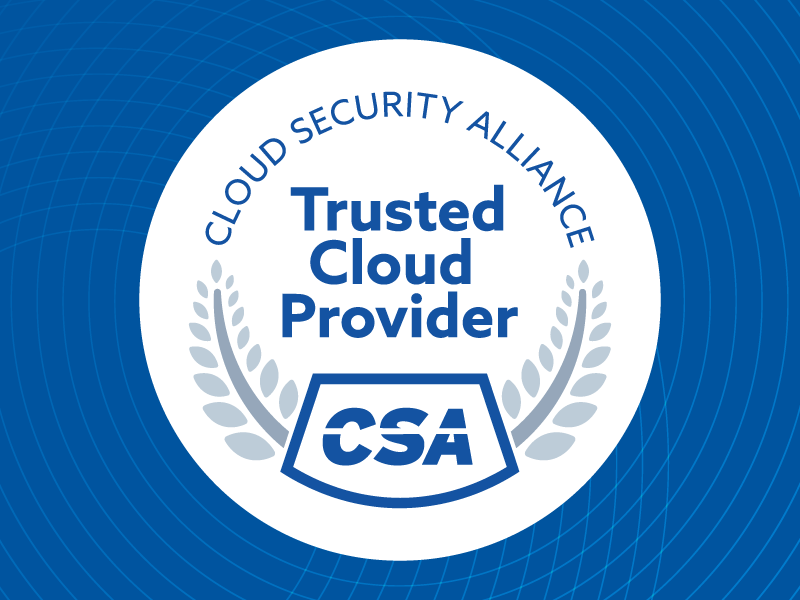What Internal Auditors Wish Every Company Knew About SOC 2
Published 08/25/2025
In 2025, SOC 2 is no longer the badge of excellence it once was — it’s the bare minimum. A staggering 92% of organizations now conduct at least two audits annually, and 58% go through four or more. It reflects how critical compliance has become to win customer trust and stay in business.
More companies are under pressure to demonstrate not just whether they’re secure but also how well their controls operate in real environments. That’s where a high-quality SOC 2 audit shines. In fact, 70% of organizations say audit report quality is “extremely important,” focusing especially on how many controls were tested and how detailed the final report is.
To help navigate this evolving landscape, we spoke with Ishaan Gulati, an information security analyst who has worked closely with both internal teams and external auditors. Drawing from multiple successful SOC 2 audits, Ishaan shares the hard-earned lessons that can help organizations prepare with confidence and learn more than just how to pass.
Understanding SOC 2: The Basics
SOC 2, or System and Organization Controls 2, is a framework developed by the AICPA to evaluate how well an organization protects customer data, especially in cloud-native environments.
What sets SOC 2 apart is that it’s principle-driven, not prescriptive. Auditors assess how well internal processes align with one or more of the five Trust Services Criteria (TSC):
- Security (required): Are systems protected against unauthorized access?
- Availability: Are systems reliably available for use?
- Processing Integrity: Do systems process data completely and accurately?
- Confidentiality: Is sensitive business information protected from unauthorized exposure?
- Privacy: Is personal information collected and managed in line with policies and privacy laws?
Depending on your industry and use case, your audit may include just security or extend to all five.
There are two types of SOC 2 audits:
- Type I assesses whether controls are suitably designed at a specific point in time.
- Type II evaluates whether those controls operate effectively over a monitoring period (typically 3–12 months).
According to Ishaan:
“Type I shows intent — Type II shows discipline. If you want to demonstrate reliability to customers, Type II is what counts.”
Laying the Groundwork: Preparation Steps
Ask any seasoned compliance lead, and they’ll tell you: a successful SOC 2 audit starts months before the auditors arrive. Here’s how to set yourself up for success:
- Treat it like a project, not a paperwork exercise: Assign an owner, build a project plan, and align stakeholders early. SOC 2 audits affect engineering, HR, legal, and IT, and coordination is key.
- Run a readiness assessment: Start with a gap analysis. Identify what’s missing, what needs improvement, and what’s already in place. According to Ishaan: “Treat the readiness phase like a dress rehearsal. It gives you a safe space to fail and fix things before you’re under the microscope.”
- Get your documentation in order: Policies and procedures only matter if you can prove they’re followed. Focus on change management, access reviews, incident response, and vendor risk processes.
- Build a culture of evidence: Educate teams on what’s considered valid evidence — not just emails, but system logs, ticket trails, and automated reports. “It’s not just about being secure,” Ishaan adds, “It’s about showing how you stay secure — every day.”
Defining the Scope: Tailoring the Audit
- Start with customer-facing systems: Begin with high-impact systems that touch sensitive data. Internal tools can be added in later phases.
- Choose the right TSC: Security is non-negotiable. Add Availability, Confidentiality, or others depending on what customers or regulators expect.
- Factor in legal and geographical scope: If you operate across regions, consider privacy regulations and hosting infrastructure boundaries.
- Write a clear scope statement: Define what’s in-scope — and just as importantly, what’s not. Auditors rely on this to structure the engagement.
Working With Auditors: Best Practices
- Assign a single point of contact: One person should manage communication with auditors to keep the process smooth and avoid misalignment.
- Respond quickly and clearly: Delays happen when evidence is incomplete or unclear. Prepare reusable evidence packs where possible.
- Be transparent about gaps: Trying to hide what’s not ready only delays the process. As Ishaan advises: “If something’s not fully mature, own it. What matters is showing you’re actively working on it.”
- Follow up and close the loop: Auditors will return with clarifications. Keep a clear audit log of responses, updates, and sign-offs to avoid repetition.
After the Audit: Turning Feedback Into Action
- Close open items quickly: Auditors may highlight minor issues — don’t ignore them. Resolve and document your remediation steps.
- Share your SOC 2 report with context: The report alone isn’t enough. Include a plain-language summary to help stakeholders understand the scope, findings, and impact.
- Feed audit insights into your security roadmap: Use audit observations to strengthen internal controls, automate recurring tasks, and prepare for the next cycle.
From Audit-Ready to Always Ready
SOC 2 can feel daunting at first. But with the right mindset — and operational habits — it becomes more than a checkbox. It becomes a continuous process of discipline, visibility, and trust.
As Ishaan puts it:
“The value of SOC 2 isn’t in the report. It’s in what you learn about your own systems along the way.”
Unlock Cloud Security Insights
Subscribe to our newsletter for the latest expert trends and updates
Related Articles:
The Internet is a Single Point of Failure
Published: 11/21/2025
Implementing CCM: Threat & Vulnerability Management Controls
Published: 11/21/2025
Understanding STAR for AI Level 2: A Practical Step Toward AI Security Compliance
Published: 11/19/2025
SSCF v1.0: The Standard That Simplifies SaaS Security
Published: 11/19/2025






.jpeg)


.jpeg)